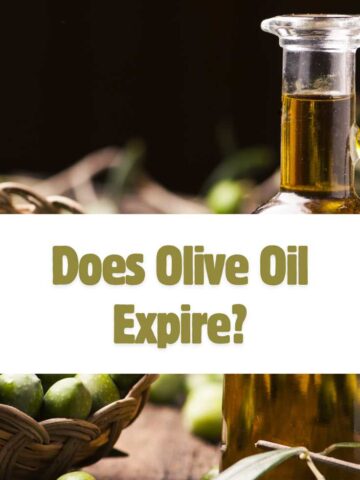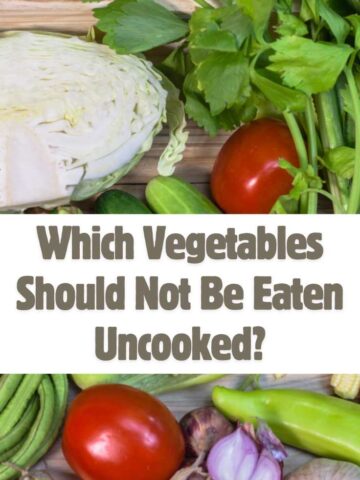Did you know that iron may be present in every cell in your body? This vital mineral is required for the production of haemoglobin, a component of red blood cells that aid in the transport of oxygen throughout the body so that cells can create energy. Despite the fact that iron may be found in a range of meals, around 10 million Americans are iron deficient.
What is iron deficiency, and how does it affect you?
Iron deficiency anaemia may occur when your iron levels run low. Not eating enough iron-rich foods, problems absorbing iron, excessive bleeding or losing more blood cells and iron than your body can replenish, and conditions when your body requires more iron than normal, such as during pregnancy or breastfeeding, are all possible reasons.
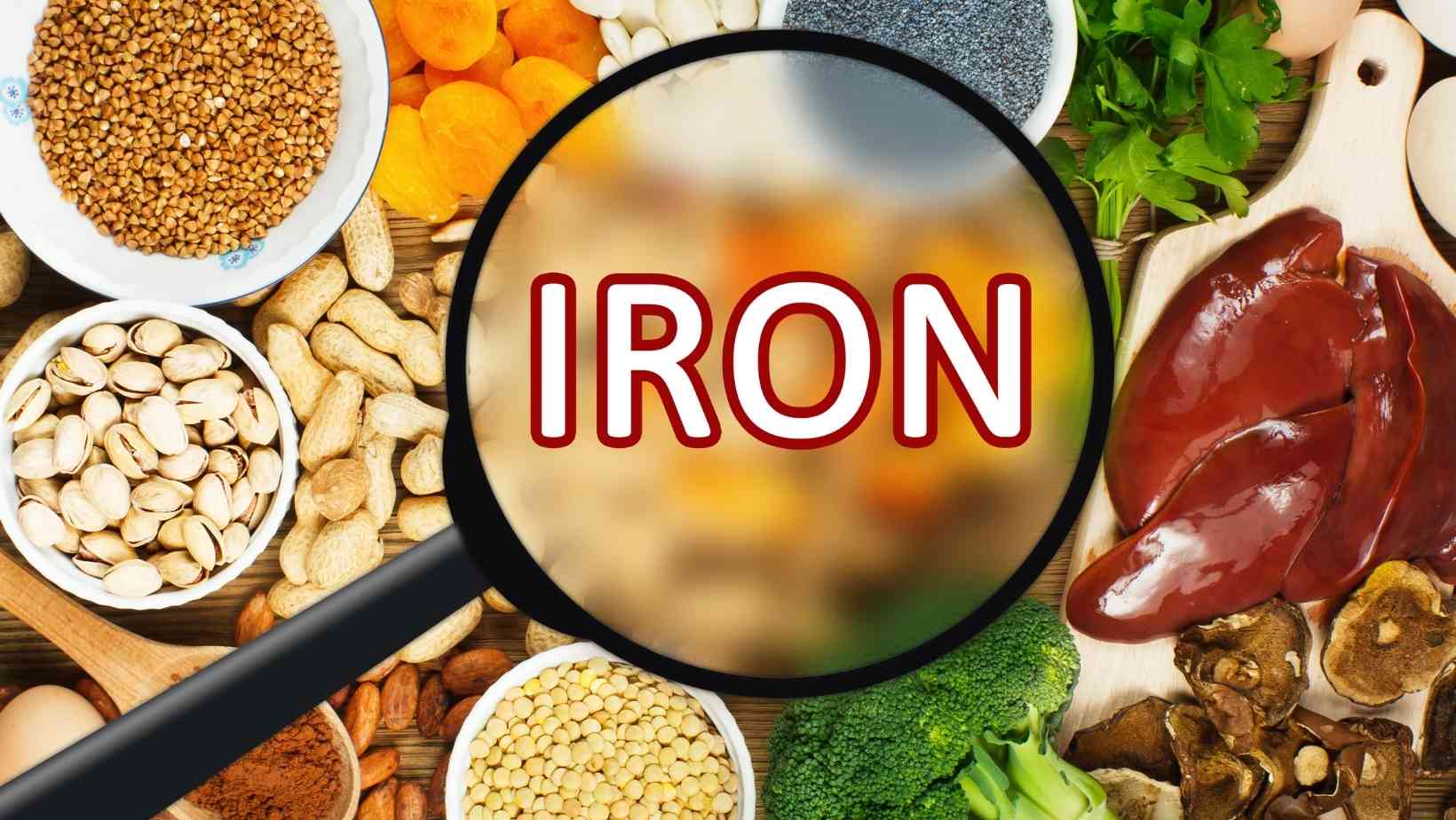
Fatigue, weakness, disorientation, pale skin and fingernails, headaches, and glossitis (inflamed tongue) are all signs of iron deficiency. Whether you think you could have iron deficiency, go to your doctor. They'll probably do blood tests to see if you're anaemic, and then devise a treatment plan that involves dietary changes, supplementation, or a combination of the two.
Pregnant women, babies, and young children, women with heavy menstrual bleeding, persons with certain chronic disorders such as cancer and heart failure, elderly adults over 65, and anyone using blood thinners is all at increased risk of iron deficiency.
How much iron do I require?
The Recommended Dietary Allowances (RDAs) for iron are determined by a number of criteria, including age and stage of life. On average, most adult males need 8 mg of iron per day, whereas adult females require 18 mg per day. Iron requirements increase during pregnancy and nursing; pregnant women need around 27 mg of iron per day while lactating women require approximately 9-10 mg per day. The daily value for iron-on nutrition labels is based on 18 milligrammes.
It's important to have a well-balanced diet that contains a range of iron-rich foods to avoid iron shortages. Animal-based foods (heme iron) and plant-based foods both contain iron (non-heme iron). Animal or heme iron sources are better absorbed by the body than plant-based or non-heme iron diets; the body absorbs two to three times more iron from animal sources than it does from plant ones. But don't worry if you're a vegetarian or try to avoid animal products; you can receive enough iron from plant-based meals, and diversity is crucial in a well-balanced diet. Pair plant iron sources with a vitamin C source to assist boost iron absorption. Here are some of the foods that are high in iron that you should include in your regular diet:
Jump to:
1. Oysters
Oysters contain 8 mg of iron per 3 ounces, which is 44 percent of the daily requirement, making them a good source of the mineral. Drizzle with lemon juice for added taste and vitamin C, which helps aid iron absorption. But don't worry if oysters aren't your thing; there are plenty of other iron-rich foods to select from.
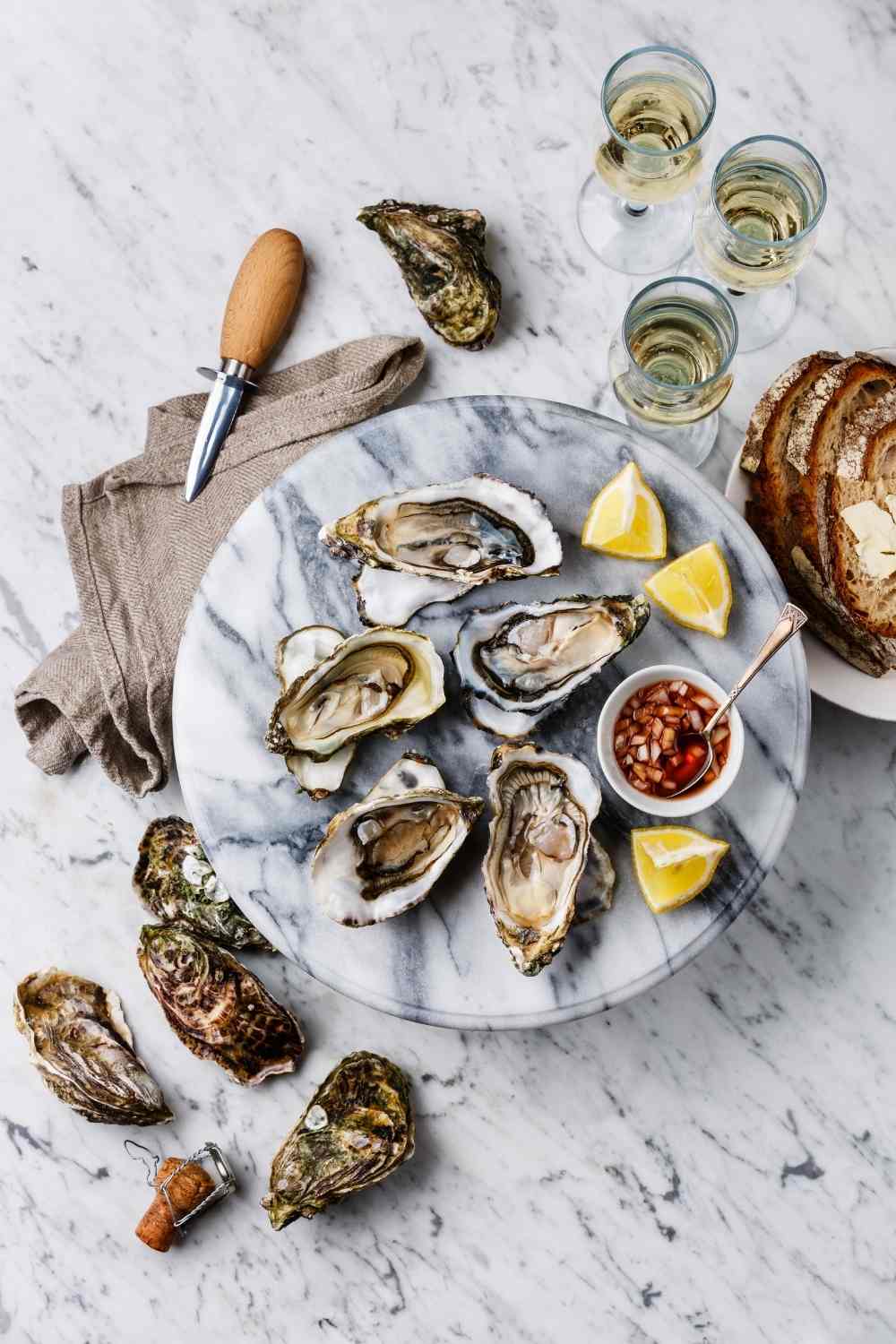
2. White Beans
This smooth bean, also known as cannellini beans, has a somewhat nutty taste and goes well with salads and soups. In addition to having a high fibre and protein content, one cup of canned white beans has 8 milligrammes of iron, which is 44 percent of the daily intake. Even 1/2 cup of iron-rich spinach is a good choice.
3. Dark Chocolate
Chocolate aficionados will delight because dark chocolate is really surprisingly rich in iron, making it the tastiest choice on our list. Three ounces of dark chocolate provide around 7 milligrammes of iron, or 39% of the daily recommended amount. Dark chocolate on its own is delicious, but dark chocolate wrapped strawberries are even better, providing a winning mix of iron and vitamin C to aid absorption.
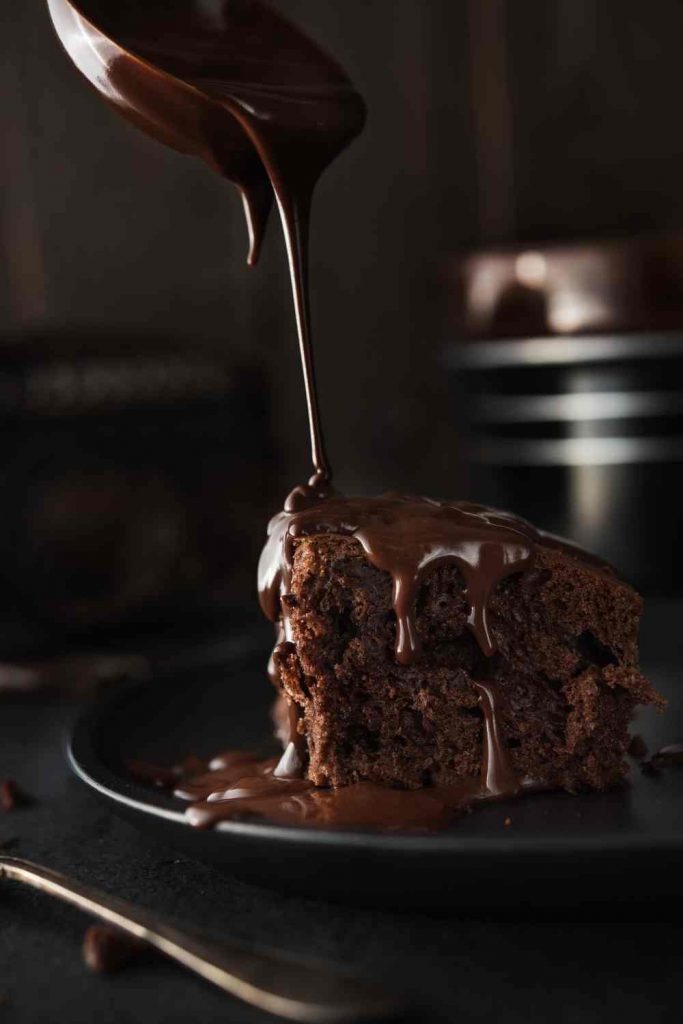
4. Beef Liver
Although liver is not as popular in the United States as it is in other nations, it is one of the world's most nutrient-dense meals. A regular three-ounce meal of beef liver contains 5 mg of iron, or 28% of the daily requirement, making it a great source of vitamin.
5. Lentils
This plant-based protein powerhouse is also a terrific budget-friendly cooking staple to have on hand. You may be surprised by how adaptable this vegan item is, from fiery curry lentils to warm wild mushroom and lentil salad. A half-cup of boiling and drained lentils has 3 mg iron, or 17% of the daily requirement, making it a healthy iron source.
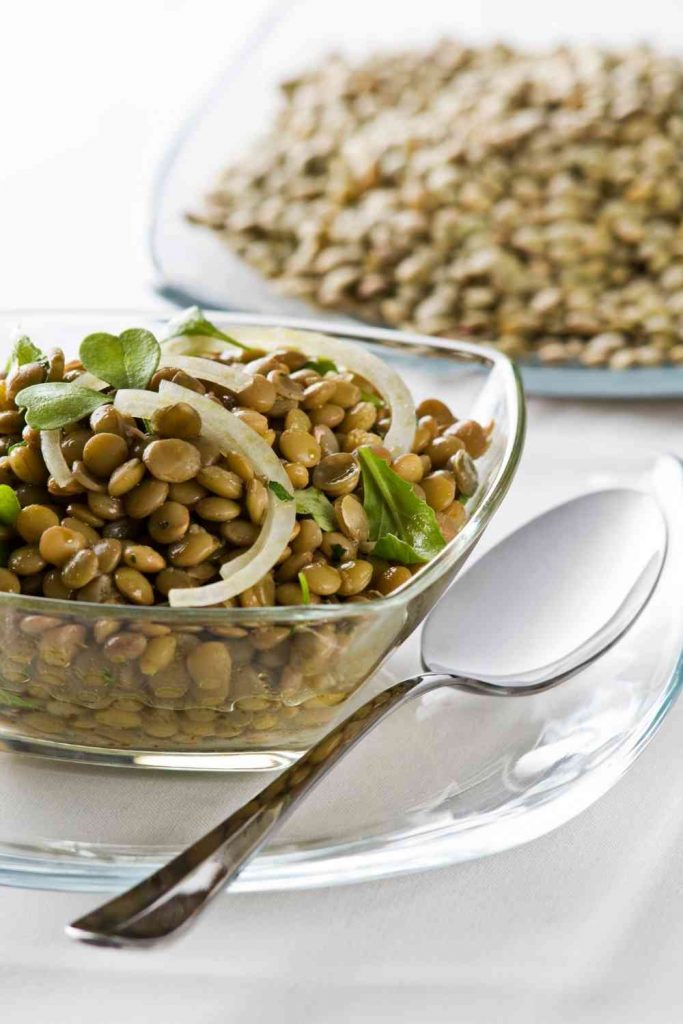
6. Spinach
A half-cup portion of boiling and drained spinach contains 3 milligrammes of iron or 17 percent of the daily value. However, since spinach contains a particular acid that might inhibit iron absorption, it's recommended to eat spinach alongside a vitamin C-rich dish. For added taste and vitamin C, squeeze lemon juice over cooked spinach or combine cooked spinach with sautéed bell peppers (another vitamin C rich food).
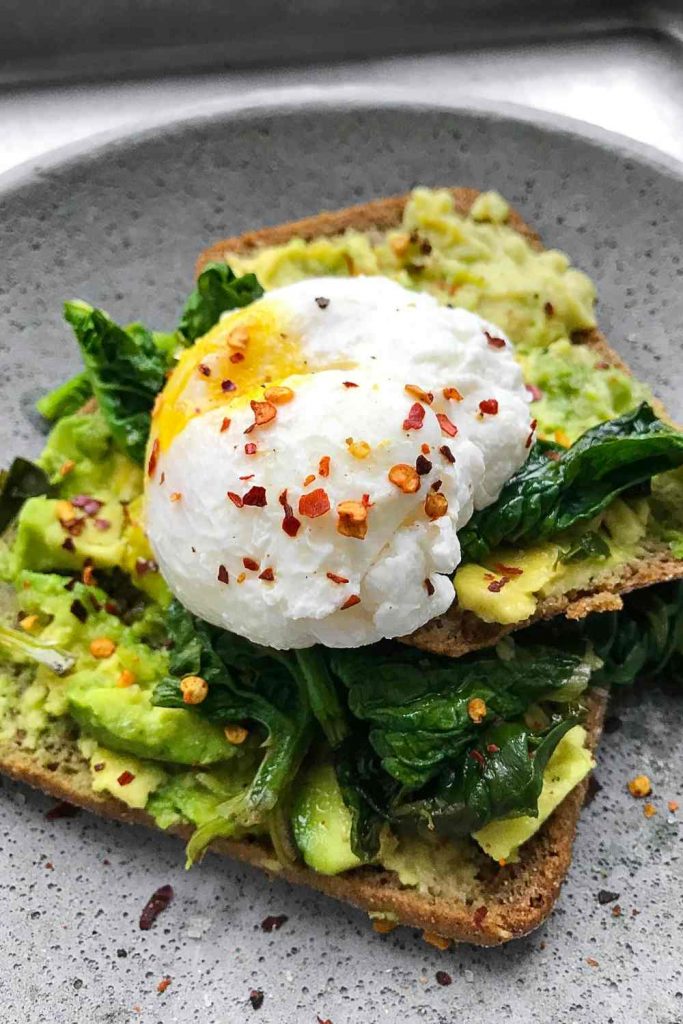
7. Tofu
In only a 1/2 cup serving, this plant-based staple contains 3 milligrammes of iron or 17% of the daily intake. You don't like tofu or don't know how to properly cook it? Try one of the delectable tofu dishes produced by the Good Housekeeping Test Kitchen.
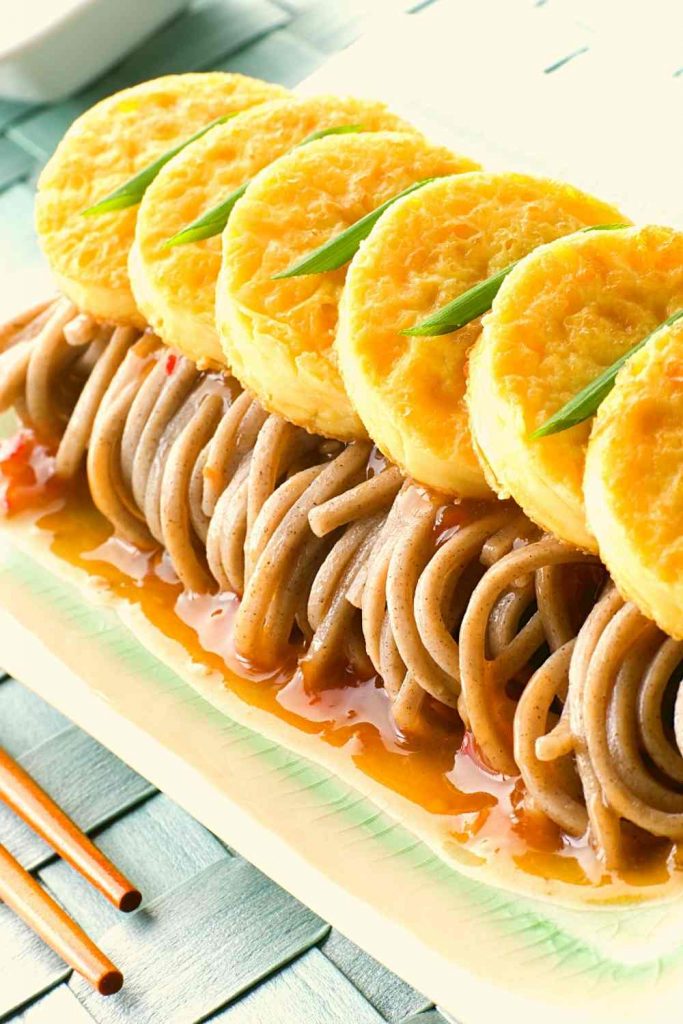
8. Kidney Beans
This nutrient-dense bean is high in plant-based protein, fibre, and a variety of other vitamins and minerals. A half-cup of canned kidney beans adds 2 milligrammes of iron, or 11 percent of the daily dose, to your favourite dinnertime chilli or stew.
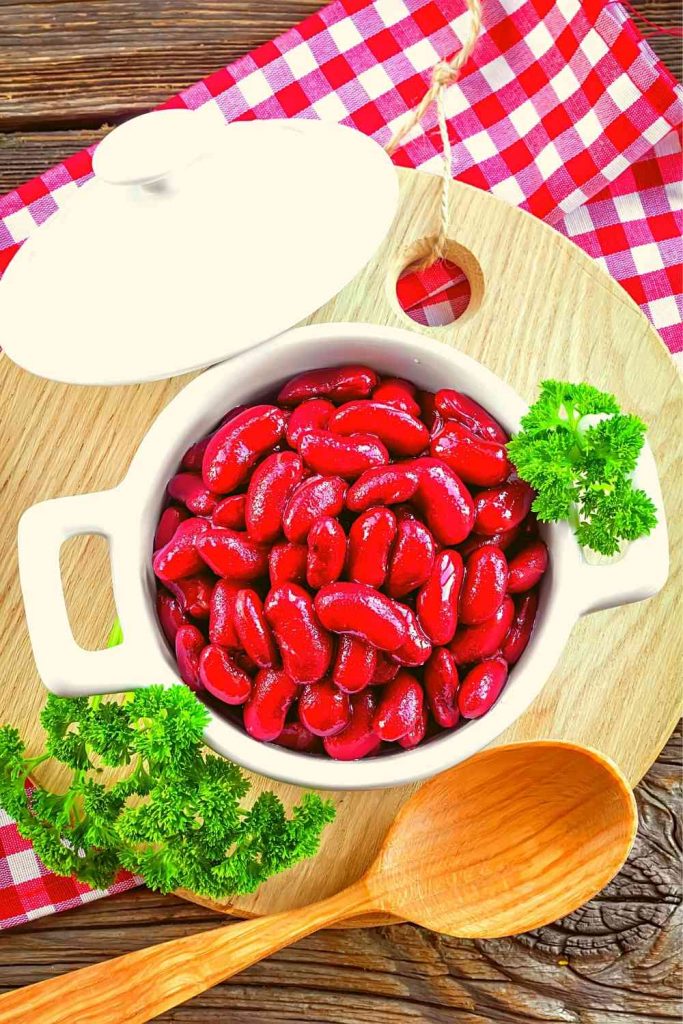
9. Sardines
Only 3 ounces of canned sardines in oil with bones give 2 mg iron or 11% of the daily need. This low-cost fish is strong in omega-3 fatty acids, which are good for the heart, but low in mercury. Sardines are also high in vitamin B12, making them a popular pescatarian option. Sardines may be eaten directly from the can, added to a salad, or grilled fresh like any other fish.
10. Chickpeas
A half-cup of boiling and drained chickpeas provides 2 mg iron, or 11% of the daily recommended amount. There are a million ways to convert this basic bean into something delectable, from hummus to fried chickpeas. Chickpeas are also high in fibre, folate, protein, and complex carbs, all of which are good for you.


